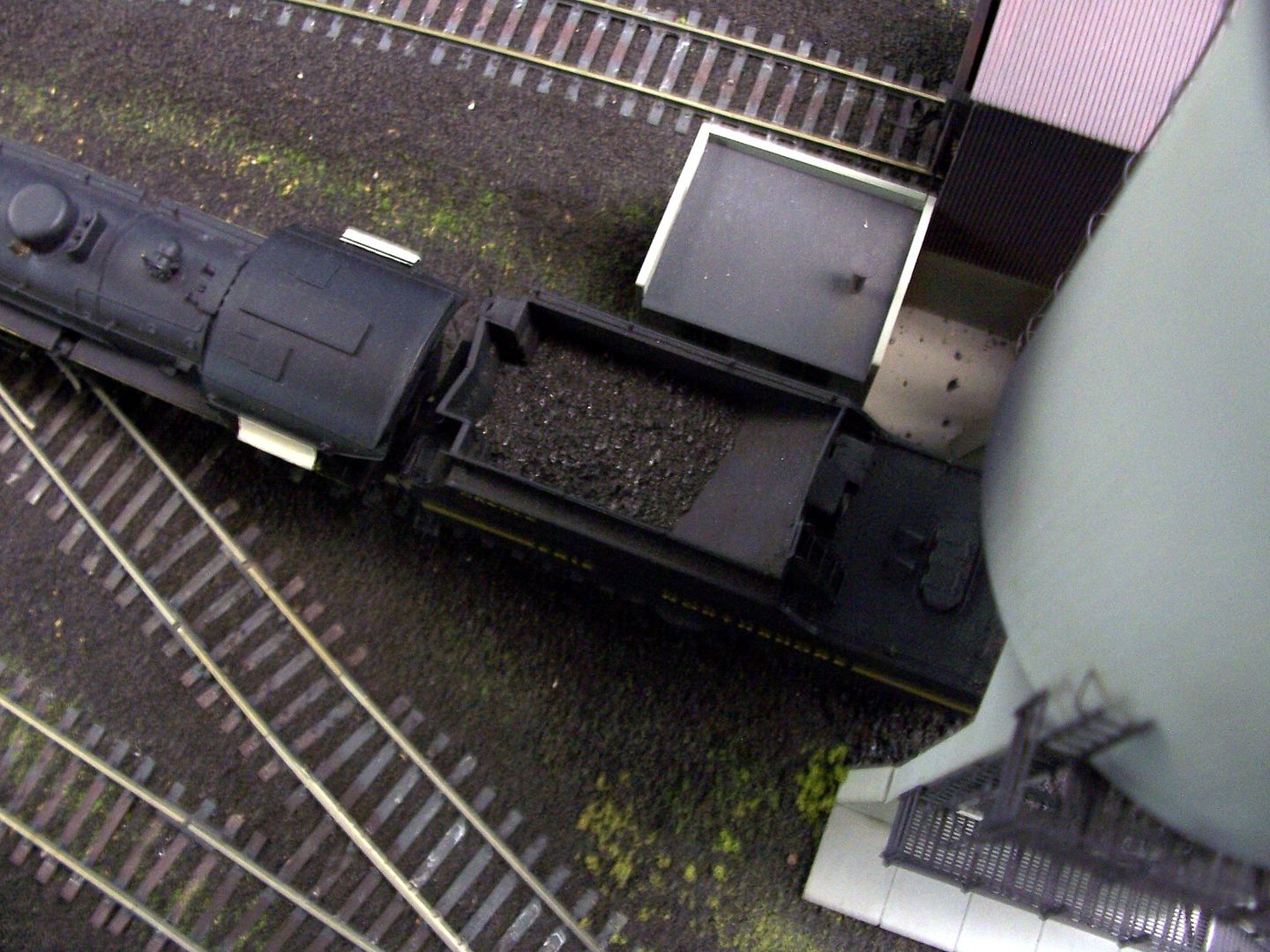I have several engines that came with little bags of coal that you could glue on top of the plastic molded in coal in the tender. I would like to know what would be the best type of adhesive for this task?
Thanks
wdcrvr
I have several engines that came with little bags of coal that you could glue on top of the plastic molded in coal in the tender. I would like to know what would be the best type of adhesive for this task?
Thanks
wdcrvr
Elmers glue will be cheap and easy, and won’t ruin the tender.
BTW, I’ve bought a lot of locos over the decades, and never got any with bags of coal. What kind do you have???
You’ll get several ways to do this from others, but I would use acrylic medium like Mod Podge, but the ‘matte‘ kind, not the glossy. Will add a bit of weight, though. Also, count it as permanent if you don’t glue it in a form first and set it in place.
The engines are Bachmann “Spectrum” locomotives.
I added Arizona Rock & Minerals coal to all my HO steamers plastic coal bumps. I used thinned white glue painted on with a brush. After adding a layer of coal, dripped alcohol (denatured) atop to additionally wet the coal layer, dripped more diluted glue a bit and added a touch of coal where needed. Adding alcohol again helps the glue to disperse everywhere. When dry, turn it over and shake off the minor amount of loose coal.
 IMG_3641 (3) by Paul Ahrens, on Flickr
IMG_3641 (3) by Paul Ahrens, on Flickr
Looks much better than the plastic “coal” bump, especially the shiny kind.
Elmer’s glue thinned with a little water to make it more spreadable. If you change your mind it can dislodge it with straight water.
Tom
I do not know about the Spectrum Loco., but be careful there are no sound holes in the top of the fake coal to leak wetness down though to any electricals.
If I’m doing coal loads for friends’ locomotives, usually brass, I’ll sometimes build a styrene box to act as a filler in the coal bunker, so that less “coal” is needed.
Most brass locomotive tenders are built-up from multiple parts, and many of the joints can be somewhat open - not enough to lose the coal perhaps, but enough to leak water when using my usual method.
I therefore line the coal bunker with Saran wrap, using a sheet large enough to also cover the tender completely. This protects the tender’s paint and lettering during the rest of the process.
The loco’s owner usually supplies the coal they prefer, and I simply dump an appropriate amount into the bunker, grooming it with a brush where necessary.
I then use the sprayer I normally use for scenery or ballasting work, to thoroughly wet the “coal” using “wet” water, then apply diluted white glue using my usual dropper-type dispenser. It usually takes a few days to fully set, then the block of coal, with the Saran around it, is lifted out of the bunker and the Saran removed. The load is then slipped back into place - glued in or not, as directed.
For my own locomotives, I prefer to use “live” (loose) loads, and use coke breeze (the “fines” of industrial coke used in steelmaking) as a stand-in for coal.
If the tenders have modelled bunkers with separate plastic “coal”, it’s removed and the bunker filled to whatever degree I wish. This is useful if you’re taking photos of a locomotive working, as you can alter the coal level as it’s used-up in the locomotive.
Here’s one backing under the coaling tower in Lowbanks, needing a top-up before heading out of town…

…and the same loco, almost ready to leave…
It’s always a pleasant surprise to see the skill you have, Wayne.